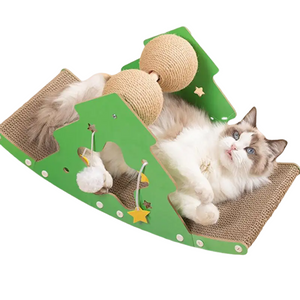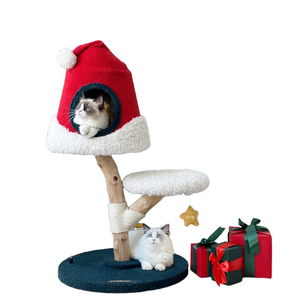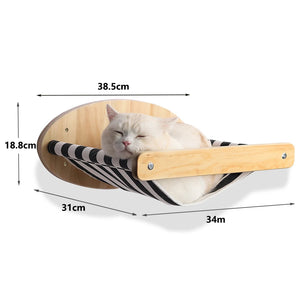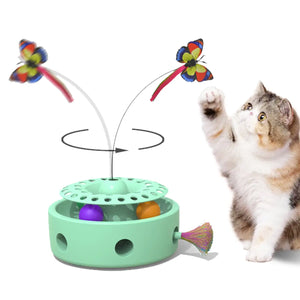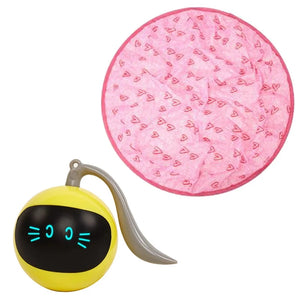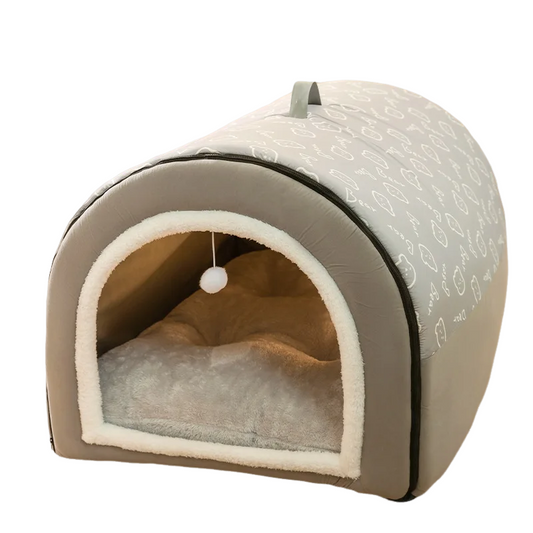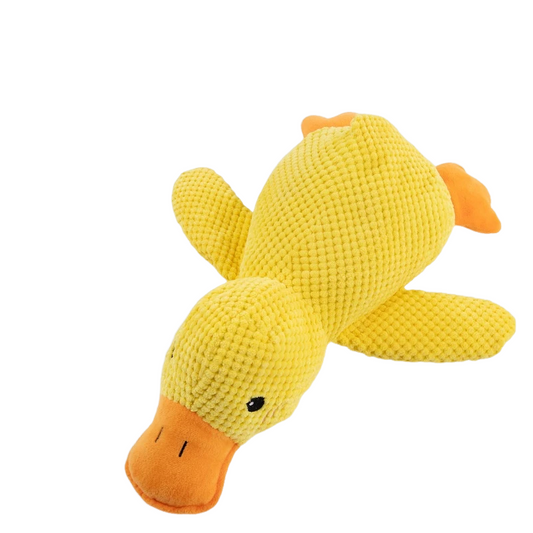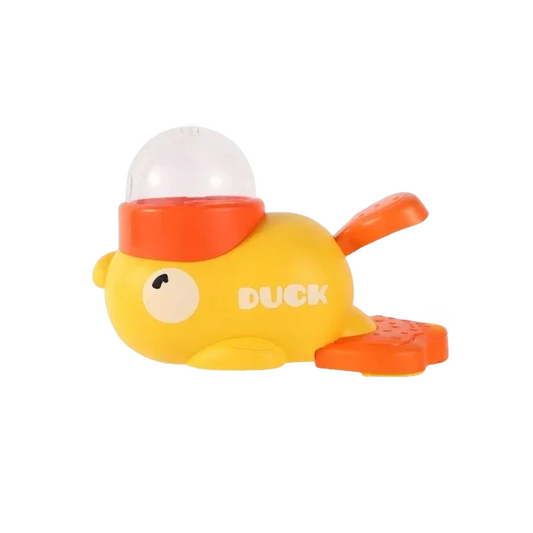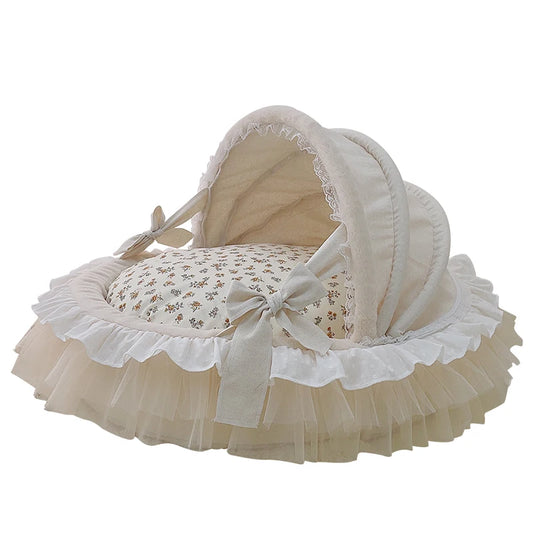Introduction
Cats are known for their independent and often aloof nature, but that doesn’t mean they are immune to stress and anxiety. While cats may not outwardly display their anxiety as noticeably as dogs, their subtle signals of discomfort can still have serious impacts on their health and behavior. Unlike dogs, who may seek reassurance from their owners, cats often try to hide their stress. Understanding what triggers anxiety in cats and how to help them is crucial for maintaining their emotional well-being.
In this blog, we’ll explore the specific causes of anxiety in cats, how they express their stress, and strategies to help your feline friend feel secure and calm in their environment.
1. Unique Causes of Anxiety in Cats
While dogs tend to form attachment bonds that trigger separation anxiety, cats are more territorial and sensitive to environmental changes. Their anxiety often stems from disruptions in their familiar surroundings or routine.
1.1 Territorial Instincts and Environmental Changes
Cats are extremely territorial, and even small changes in their environment can upset them. Unlike dogs, who might cope better with moving homes or new furniture, cats can feel their entire territory is threatened by these changes. When they lose control over their perceived safe space, it can result in stress behaviors like hiding or refusing to eat.
Unique Aspect: For cats, territorial displacement can occur even with minor changes such as moving a litter box or introducing a new household item. In multi-cat households, new pets or changes in social hierarchy can also cause anxiety.
1.2 Lack of Vertical Space and Exploration
Cats have a natural instinct to seek out vertical spaces to observe their territory. Unlike dogs, who are more focused on ground-level exploration, cats need high perches and safe spaces to feel in control. The absence of such vertical spaces can make them feel vulnerable and stressed.
Unique Aspect: Cats rely heavily on height and observation for security. Without proper climbing areas like cat trees or shelves, they can develop anxiety as they lack safe zones to retreat to.
1.3 Sensitivity to Routine Disruptions
Cats thrive on consistent routines. While dogs may adapt more easily to changes, such as a new feeding schedule or a different daily walk route, cats can become stressed by even minor changes. An alteration in feeding times, play routines, or litter box cleaning can make them feel insecure.
Unique Aspect: Cats can exhibit predictability anxiety, where any disruption to their established routine—whether it’s feeding times or where they nap—can create stress. This is why maintaining consistent schedules is critical for cat owners.
1.4 Overstimulation and Sensory Overload
Cats are incredibly sensitive to their surroundings, and they can become anxious if they are overstimulated by excessive noise, light, or sudden movements. Unlike dogs, who may bark or react physically to stimulation, cats are more likely to retreat and isolate themselves when they are overwhelmed.
Unique Aspect: Cats often respond to overstimulation with shutdown behaviors—they may become lethargic or hide for long periods. Ensuring that their environment is calm and free from overstimulation is essential for their mental health.

2. Recognizing the Signs of Anxiety in Cats
Cats are masters of hiding their emotions, so it can be difficult to detect when they are feeling anxious. However, if you observe carefully, you will notice subtle but telling signs of stress.
2.1 Behavioral Signs
-
Increased Scratching: While scratching is normal, anxious cats will often scratch furniture, doors, or carpets excessively, not just to mark territory but as a form of self-soothing.
-
Pacing or Hypervigilance: Unlike dogs, who may pace nervously, anxious cats often appear hyper-alert, pacing while maintaining a defensive posture. They may walk in tight circles or pace between familiar places.
-
Withdrawal from Interaction: Cats usually hide their stress, and they may withdraw from their usual interactions with you. If your normally affectionate cat is avoiding you, it could be a sign of underlying stress.
2.2 Physical Signs
-
Tense Body Posture: Cats will often crouch low to the ground with their tails tucked in and ears flattened when they are anxious. This posture differs from their playful crouching, as they appear more guarded and ready to flee.
-
Changes in Grooming: Overgrooming to the point of hair loss, or complete cessation of grooming, are both signs of anxiety in cats. This differs from the over-grooming seen in dogs as cats often use it to manage their stress or exert control over a chaotic environment.

3. Tailored Solutions for Managing Cat Anxiety
Helping a cat with anxiety requires different approaches than with dogs. Cats are naturally independent and often prefer to handle their stress alone, so the solutions need to focus on making their environment more stable and giving them the autonomy they need.
3.1 Creating Vertical and Safe Spaces
For cats, safety is often found in high, enclosed spaces. They like to observe their surroundings from above, which helps them feel in control of their territory. Providing vertical spaces like cat trees, shelves, or window perches can significantly reduce anxiety by allowing cats to retreat to a secure location.
3.2 Reducing Environmental Changes
Try to keep changes in your cat’s environment to a minimum. If you must introduce new furniture, pets, or people, do so gradually. Allow your cat to explore at their own pace without forcing interaction. Providing familiar scents or items, like their favorite blanket, can help reduce anxiety when change is inevitable.
3.3 Using Calming Pheromones and Supplements
Pheromone diffusers mimic the natural calming pheromones that cats release when they feel safe and content. These diffusers can help create a relaxing environment, especially during times of transition or stress, such as moving to a new home or introducing a new pet.
3.4 Engaging in Interactive Play
Playing with your cat not only provides physical exercise but also stimulates their mind and alleviates stress. Use toys that mimic prey, such as feather wands or laser pointers, to engage their hunting instincts and release built-up anxiety.

4. Seeking Veterinary Help for Persistent Anxiety
In cases where your cat’s anxiety persists despite changes to their environment and routine, it’s important to seek professional help. A veterinarian can rule out medical issues that may be contributing to your cat's anxiety and suggest further treatment options, such as behavior therapy or medication. Medications like anti-anxiety drugs can be prescribed to help cats cope with particularly stressful situations, like vet visits or long car trips.
Conclusion
Cats are more subtle than dogs in displaying anxiety, but that doesn’t make their stress any less real. By understanding their unique needs, such as territorial instincts, the importance of vertical spaces, and their sensitivity to changes, you can help reduce their anxiety. Implementing calming aids, maintaining a consistent routine, and enriching their environment are key to ensuring your cat feels safe and secure.
At The Pet Paradise, we offer a wide selection of products to help alleviate cat anxiety, from cozy beds to interactive toys and calming pheromones. With the right tools and understanding, you can help your cat live a relaxed and stress-free life.







